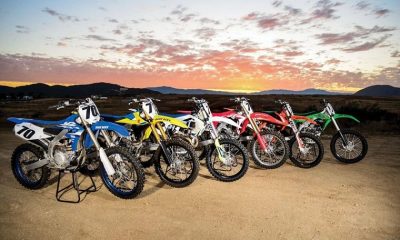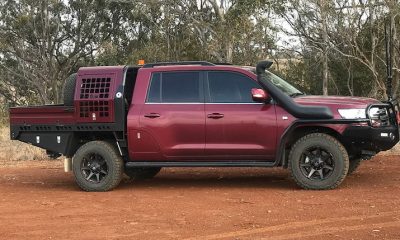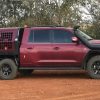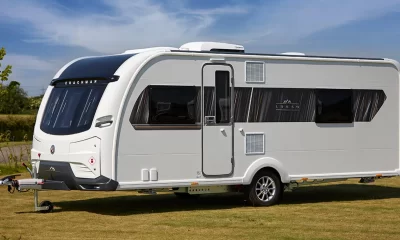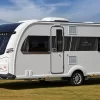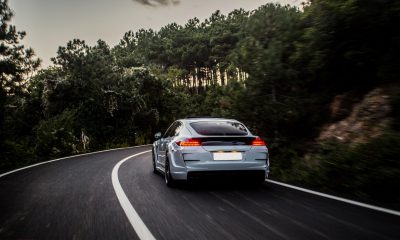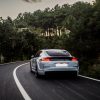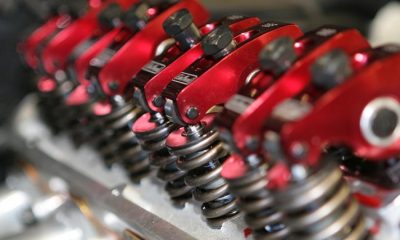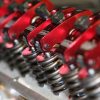Automotive
A Guide to 4Runner Pedal Commander
If you want impeccable off-roading capability, legendary Toyota reliability, and a decent, well-rounded mid-sized SUV, then you’ve definitely had a long look at the Toyota 4Runner. The car has been around since the 1980s, through five iterations (with each one getting bigger and better) and is now a staple in the Japanese brand’s lineup. Cheap, capable and practical. Engines have also grown in recent models, moving away from the 2.7-litre (just shy of 160 hp) to the sturdy and willing 4-litre V6 putting out a healthy 270 hp and generous 278 pounds-feet of pulling power. Good for on and off-road.
While there are not many things not to like about the 4Runner, one area that can see some improvement is the reaction times of the big car with your foot firmly on the gas. The 4Runner is particularly slow to budge off the mark, something otherwise known as throttle lag. This isn’t just with this vehicle, but in all newer cars that moved away from the traditional cable setups that operated the throttle body. One easy fix to get around this is a pedal commander 4Runner, which makes better use of the available power regardless of the engine.
What is Throttle Lag and How Pedal Commanders Work?
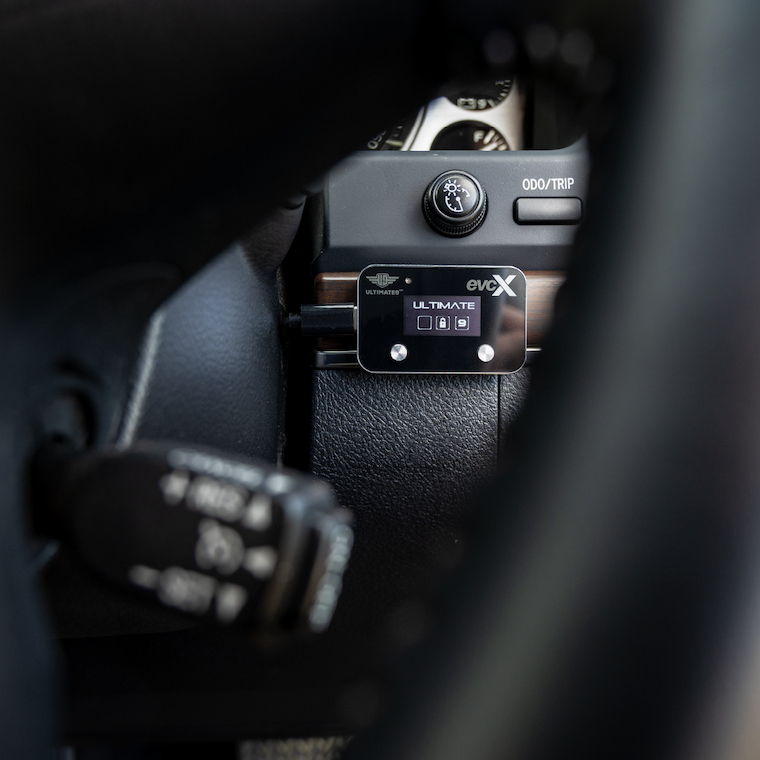
Before fuel injection and related electronic systems used to optimise fueling, airflow and timing, cars relied on carburettors and mechanical cables to actuate the throttle body, the engine part that regulates how much air is supplied into the cylinder head for combustion. The old system meant instant acceleration each you pressed the pedal, as this was directly connected to the throttle body. Electronics changed all that. Modern cars today rely on sensors at the gas pedal, and sensors lining the throttle body, as well as input from the car’s ECU to regulate how the engine responds to driver input. What is evident in the 4Runner and many other vehicles is the slight delay before the car starts to move forward. This is throttle lag, and something that can get quite frustrating and even dangerous, especially when there is the need for quick acceleration, such as when merging or overtaking.
Throttle lag can result from clogged fuel filters or faulty Mass Airflow Sensors, but it also happens in cars that are mechanically fine. Some car manufacturers actually build this delayed throttle response into the ECU, as a way to reduce sudden jolting when accelerating, as well as cut down emissions and fuel use. The need for a smoother and more efficient ride, though, compromises both safety and performance at times when you need them most.
Pedal commanders prevent this in a simple way. When pressing the pedal, a specified voltage is sent to the ECU telling it about the position of the pedal. The ECU then opens the throttle body to the required position, and readies the injectors to supply fuel at the right amount and pressure. A pedal commander manipulates the voltage the ECU reads from the gas pedal, in effect bumping up the voltage. The ECU is tricked into thinking that the gas pedal is further down (than it actually is) and does its thing. The result is that any inherent throttle lag disappears, and the car accelerates instantly, just like in older cable-operated systems.
What Does a Pedal Commander Mean for the 4Runner?
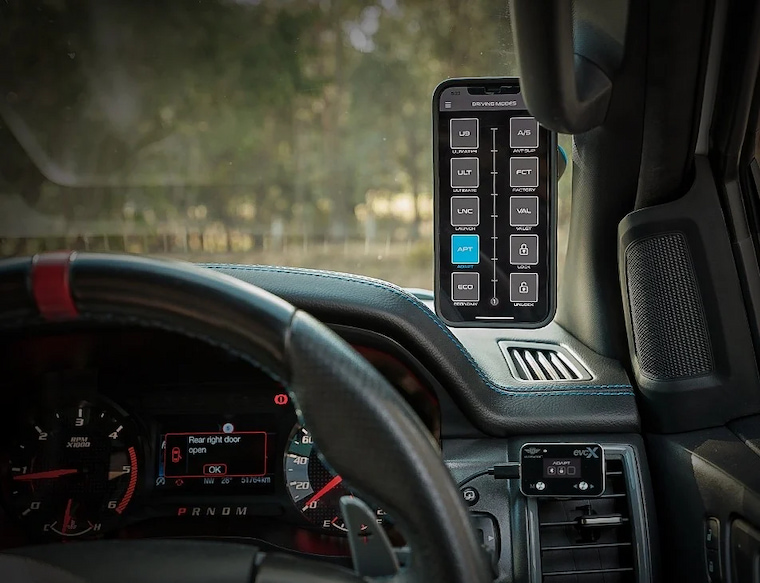
Installed on fly-by-wire cars, pedal commanders (also known as throttle controllers) bring quite a few benefits. The obvious one is the better throttle response which leads to quicker, smoother and more consistent acceleration. There’s no jolting or judder, either. The throttle response can also be fine-tuned just the way you like. This is down to the different modes and adjustable settings.
You can set the commander in performance (or ‘sport/sport+/ultimate) modes when you want the car to react quicker. How quick again is up to you. Some throttle controllers have up to 10 levels of customization, so you can get mildly quicker acceleration or significantly better results. This also means faster 0-60 times, something that took quite some time with the 2.7-litre engines. Related is the push you get when overtaking slower traffic, with crisper engine response and swifter gear changes as the revs build up.
Other instances where a pedal commander 4Runner makes a lot of sense when towing or going off-road. Here you’ll actually want varying throttle response than what’s supplied by the factory. The extra weight of a trailer hitch at the back will impact how your 4Runner performs, and particularly how it accelerates. Two options suit the car in different conditions. Dial into the said performance mode when towing uphill or on steeper climbs, or dial the commander into the eco mode when pulling out from the driveway or lights to avoid the trailer hurling you forward.
Off-roading is one area where a pedal commander gets a lot of use. With reduced and subtle throttle response, you avoid the risk of wheel spin and digging deep into loose surfaces and getting stuck. The same applies when driving on ice or snow. The controller works well with traction and ESP systems to avoid wheel spin and loss of grip that could otherwise get you in trouble.
Lastly, most pedal commanders have a set-and-forget Auto mode, that collects and reads input into driver habits when applying the gas, and makes the needed changes according to the conditions. This is the mode to be in if you’re more concentrated on what’s happening on the road. The good thing is that you can scroll between modes and settings while driving.
Final Word
Pedal commanders are some of the cheapest, best-value performance upgrades you can get for your 4Runner. The device is small, easy to install, easy to use, and delivers each and every time. It doesn’t add power, but changes the way your car uses what it’s got. If you’re fed up with excruciating long throttle lag, then a pedal commander should be high up your shopping list.




